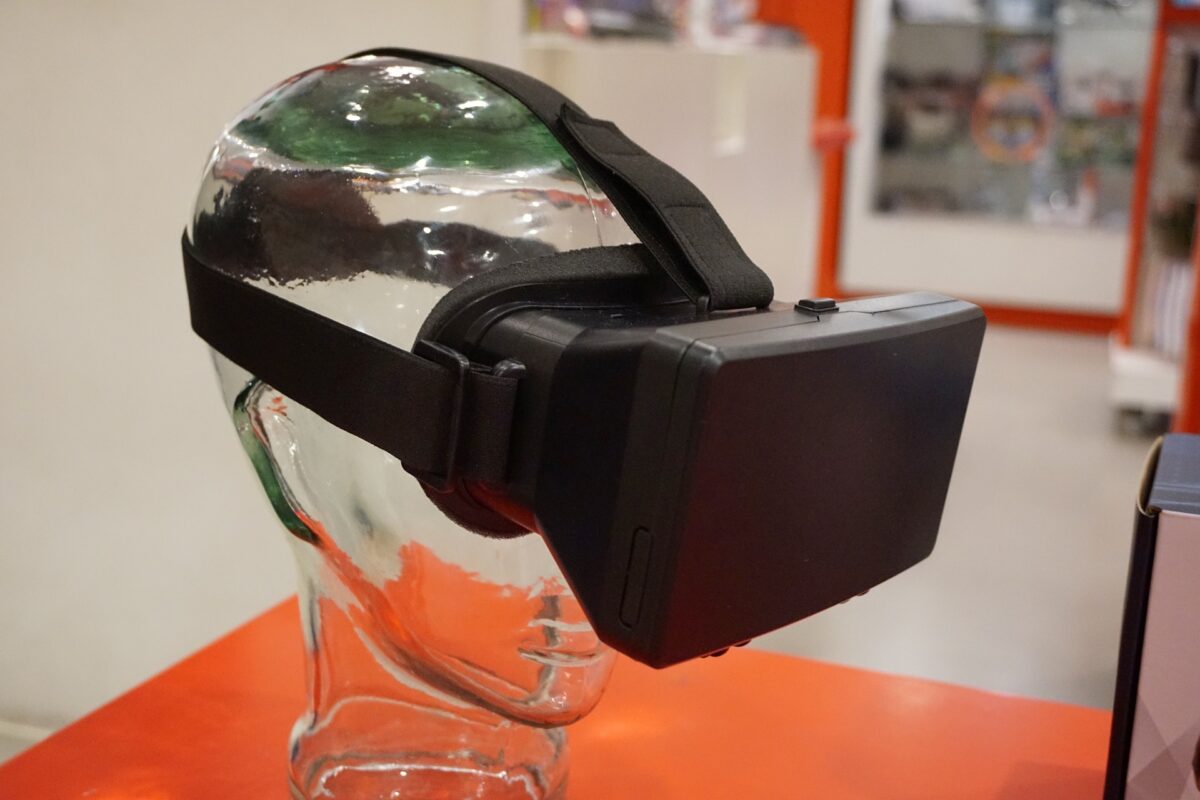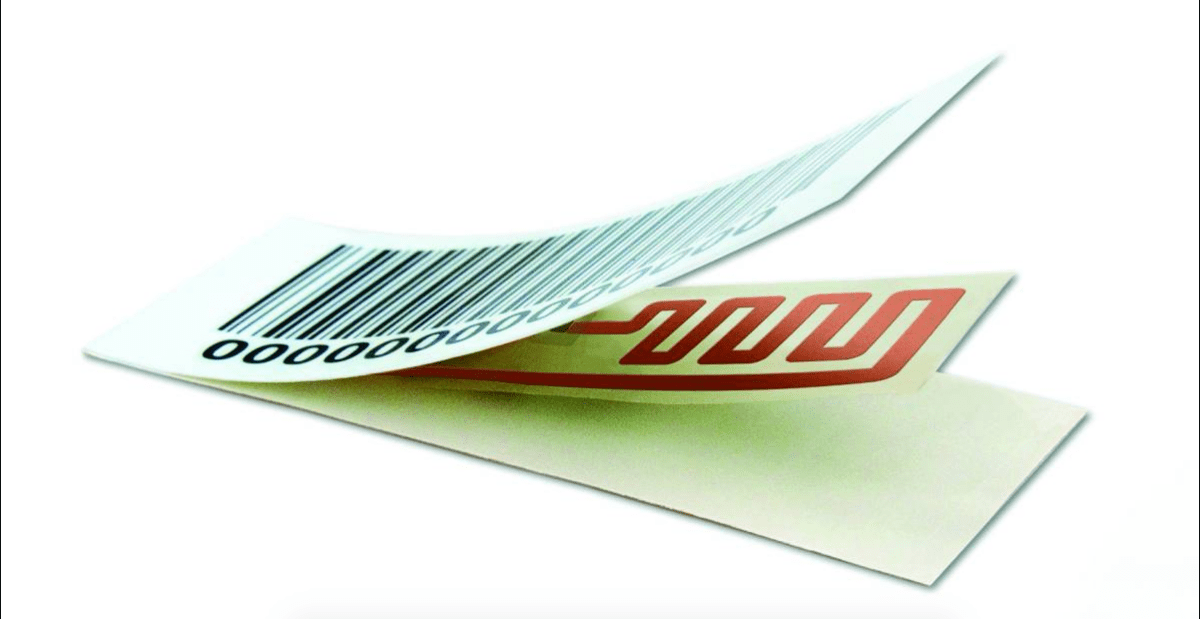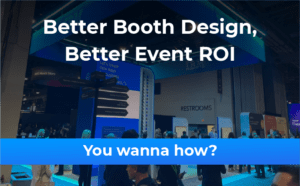Trade shows and B2B events are thriving, with more than 92% of event marketers investing in events to further their business goals. Let’s take a quick look at the technologies that are shaping the future of events, and how exactly they are making the lives of event managers easier.
VR/AR

Virtual Reality and Augmented reality arrived with a bang, but we are yet to see them live up to their hype. But one field where their impact is felt is events. Even though they’ve been around for a while now, their novelty factor still has not worn off. That might be because they still are a completely new way of experiencing media, and it makes it so much easier to just step into a brand new world from anywhere.
Over the past few years they’ve been used at events and have been very useful in increasing attendee engagement. They’ve been used to pull attendees in with a highly sensory experience, and occupy valuable mind space by offering them experiences that they’ve never seen before. They are a great way to showcase product demos, or to experience the benefits of the product/service in the ‘real’ world.
For event managers, attendee engagement is very important, and VR/AR directly impact how attendees interact with their booths.
RFID

RFID Event Technology
RFID (Radio Frequency Identification) is one of the fastest ways to capture information today. B2B events and Trade shows are information exchange hubs (between attendees, exhibitors and organizers). RFID tags are capable of quickly reading attendee information. Without them, it takes a considerable amount of time to collect information from each attendee. As attendee numbers go up, the time taken gets compounded, resulting in a large use of bandwidth for the booth executives.
Event managers can save on a lot of time, and make their lead-capturing process much more efficient. It can also improve attendee engagement, by making it easier for attendees to participate in the various promotional activities and contests that event managers spend so much energy and time organizing.
Live Streaming
Live Streaming can be credited with drastically bringing down telecasting costs, and increasing the reach of their media. Event managers spend considerable efforts in constructing memorable experiences for their attendees, and live streaming takes these experiences out of the venue, and across the world. Crowdstreaming is also catching on pretty quickly, with attendees eager to broadcast all the cool things that they come across at trade shows, increasing the reach exponentially. All these streams translates into social media currency, from platforms such as Facebook, or Periscope on Twitter.
Marketing Automation
The applications of marketing automation are truly far-reaching. At events, it has the responsibility of the collecting lead information, and following-up with them at the right time intervals. Events are no longer seen as cost centres, and need to show ROI. For that a Sales Pipeline has to be built. This can happen through sales meetings, and by following-up with leads that turn into business. A marketing automation software helps event managers show ROI at their events, and helps them command bigger budgets for their future events.
Event Technologies are always endlessly fascinating in how they shape the attendee and organizer experience. It would be really interesting to watch how the present technologies evolve as they cement their place in an event managers repertoire with their novel applications. Let us know in the comments if you have any favorite event technologies that make your life easier.



